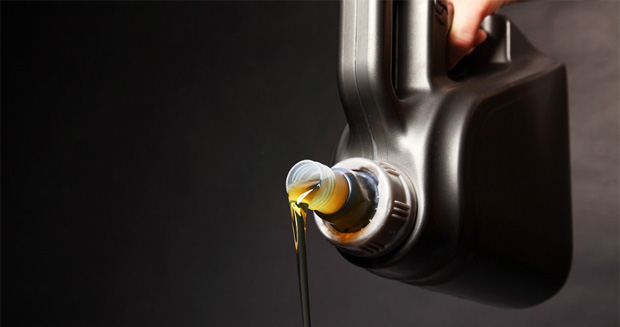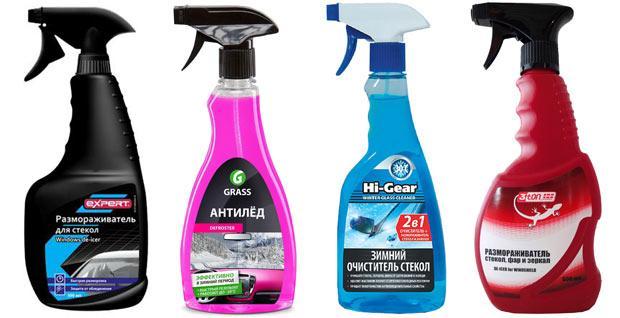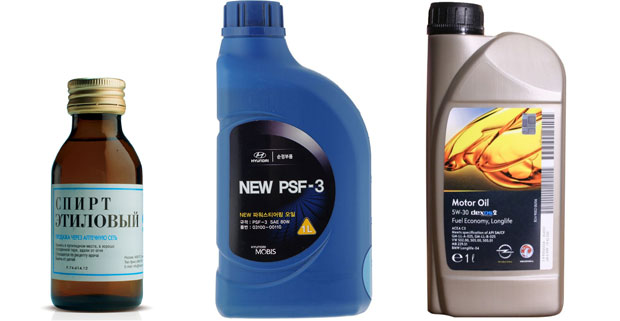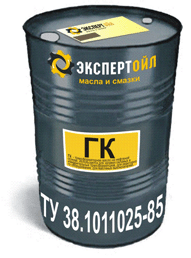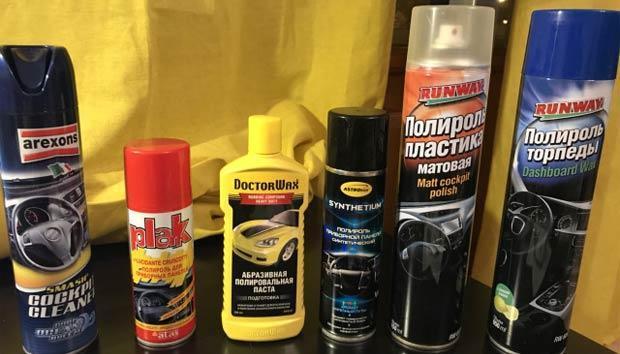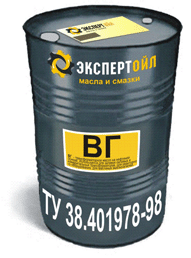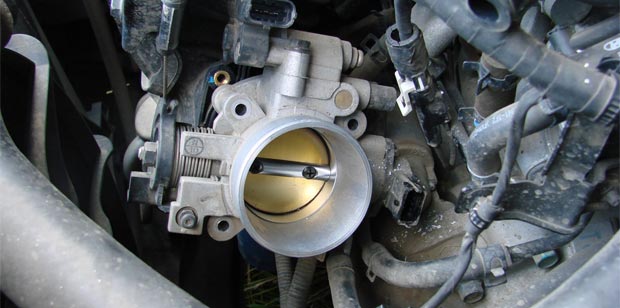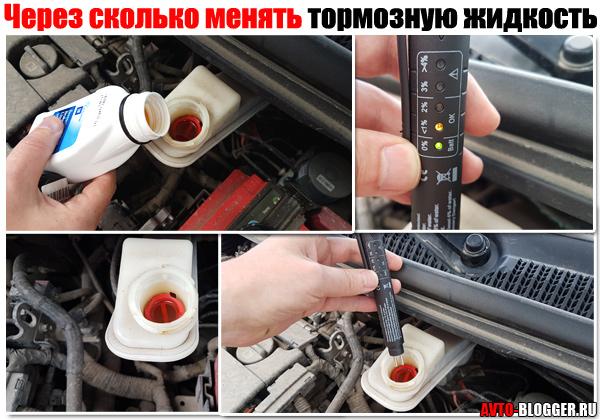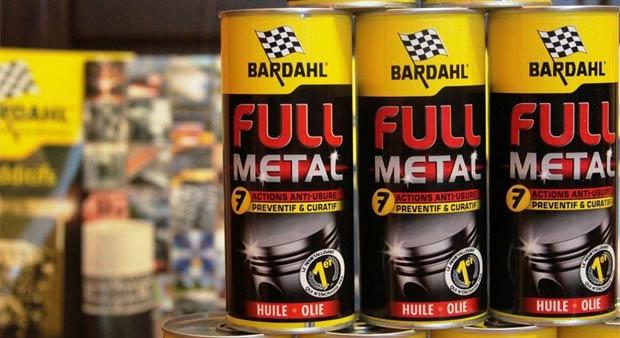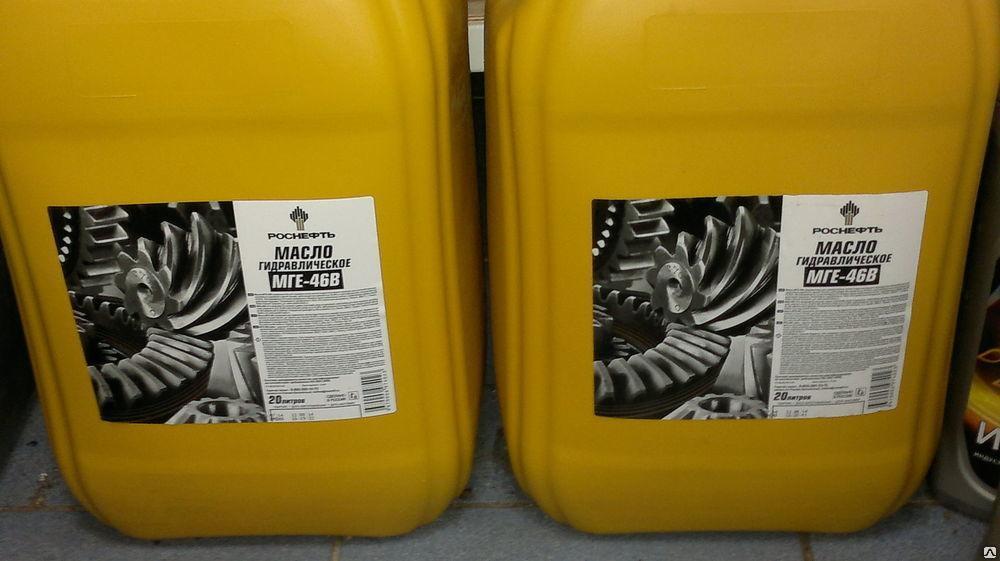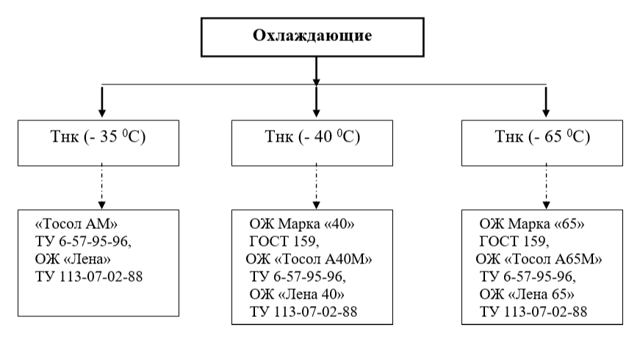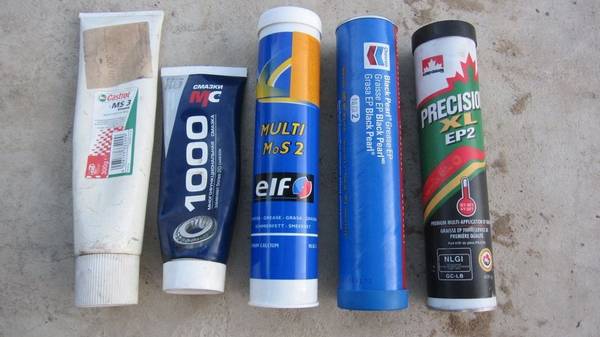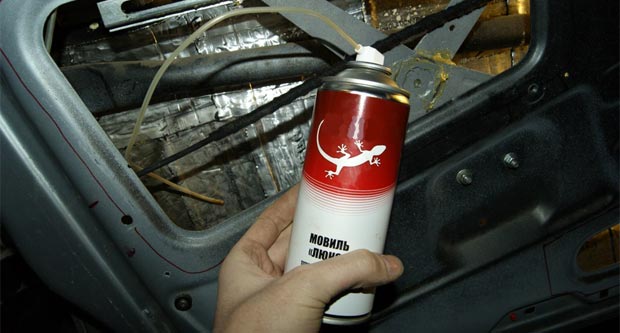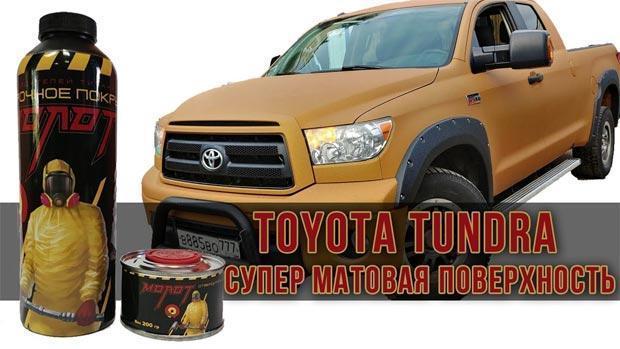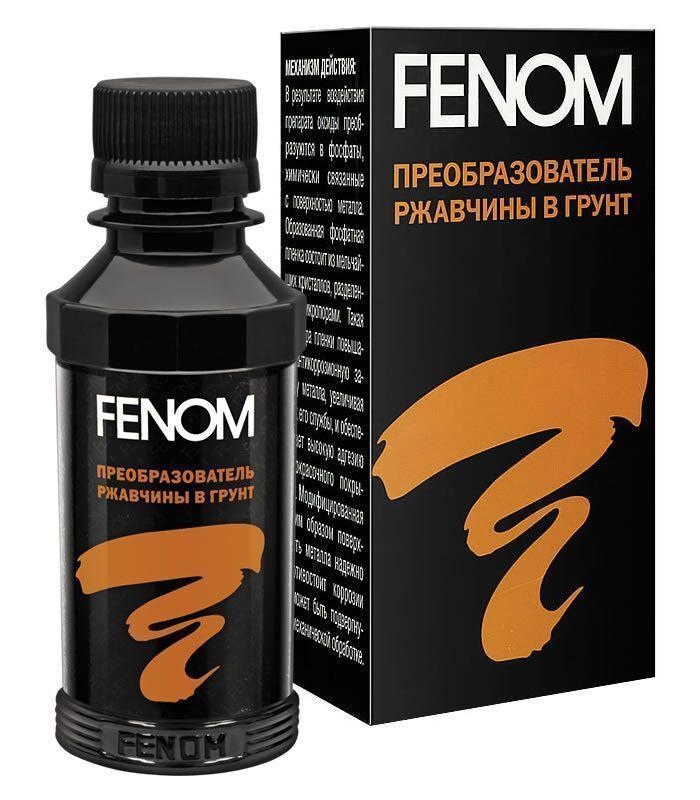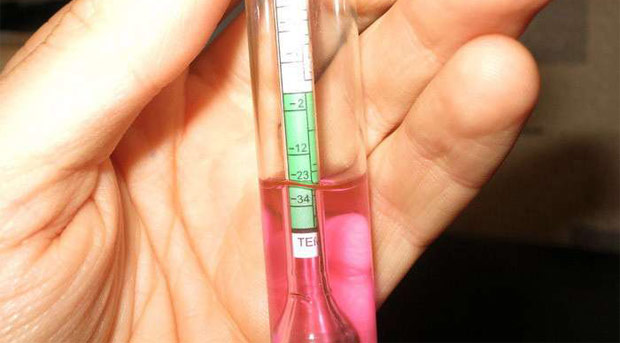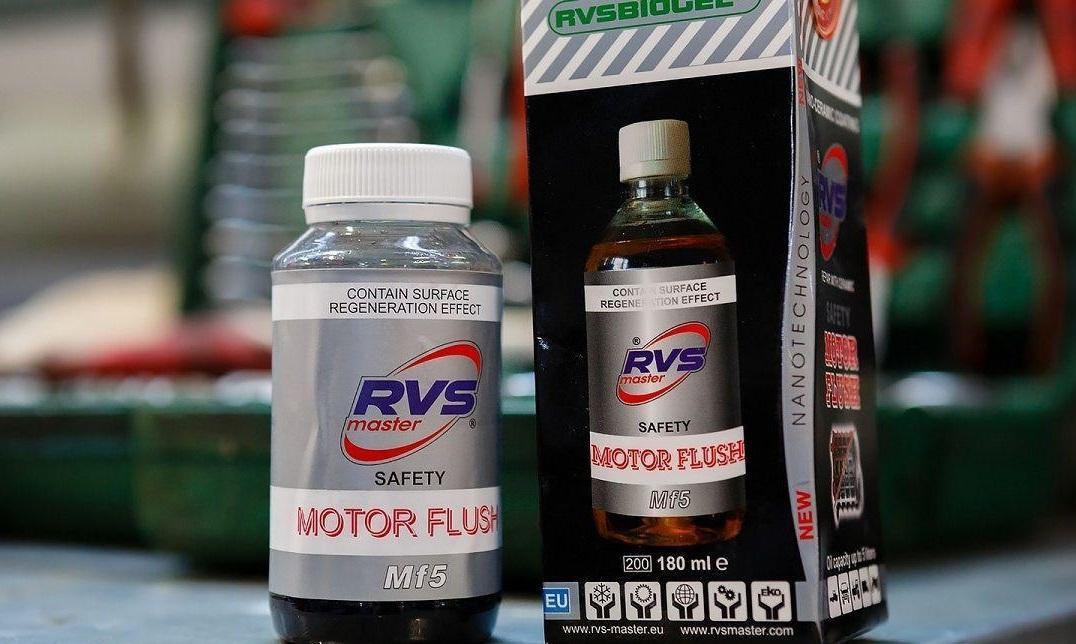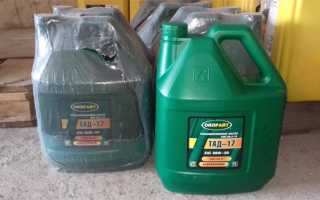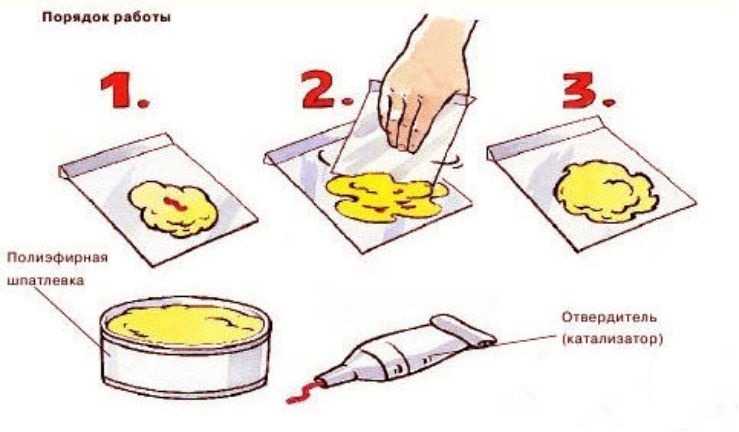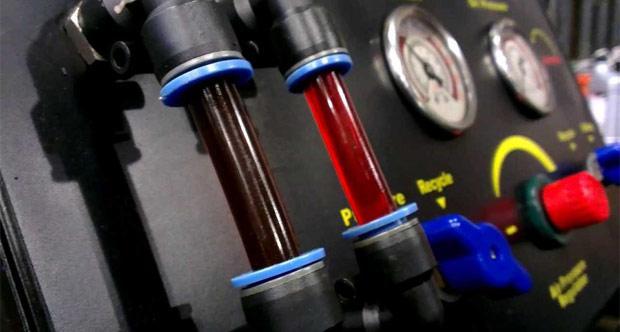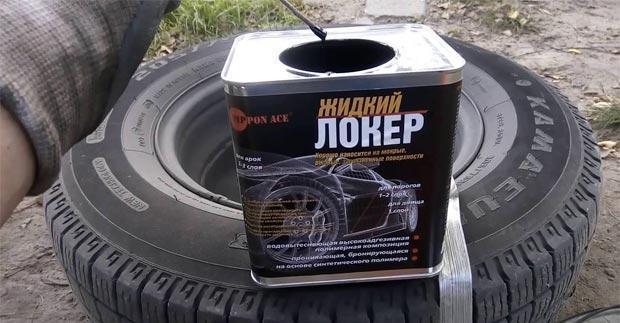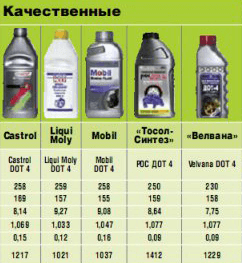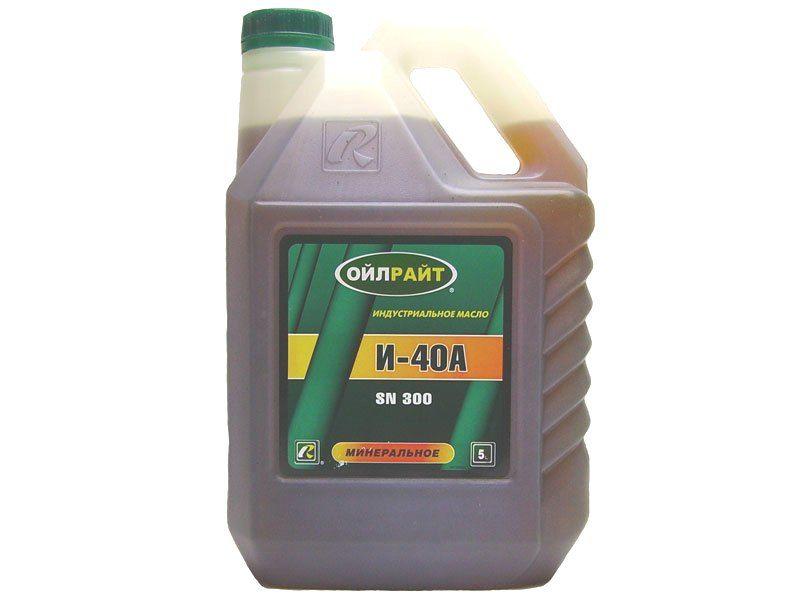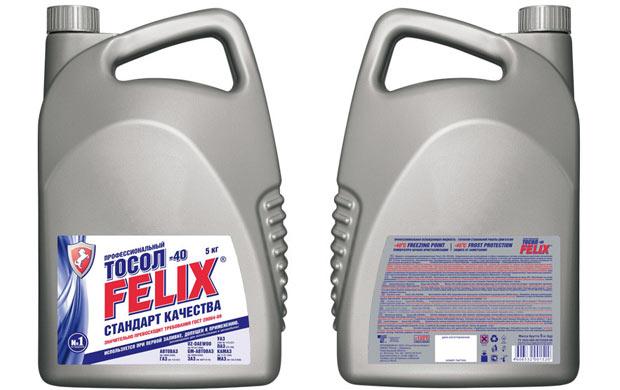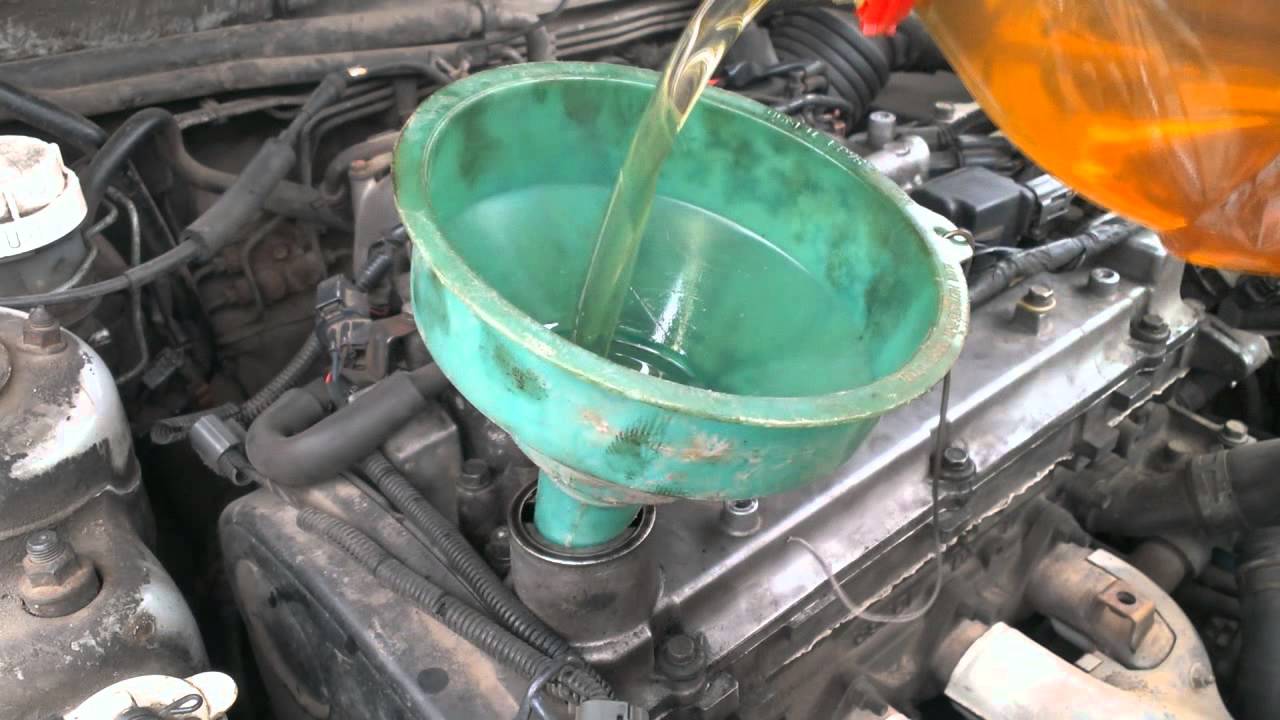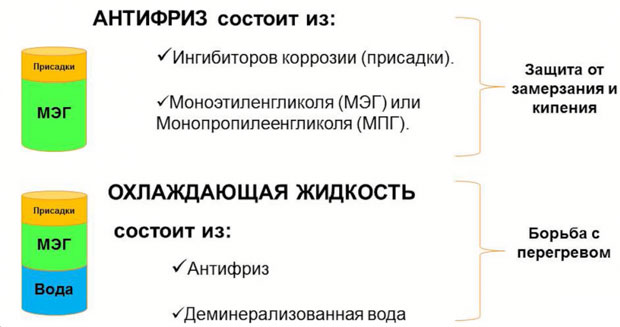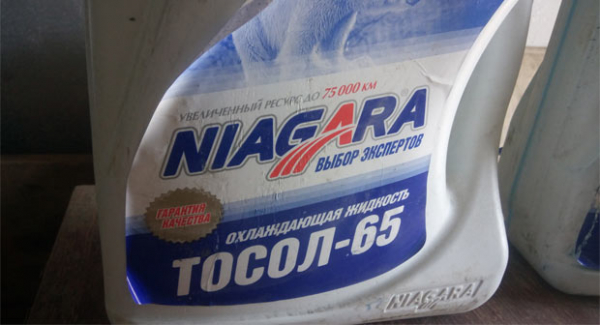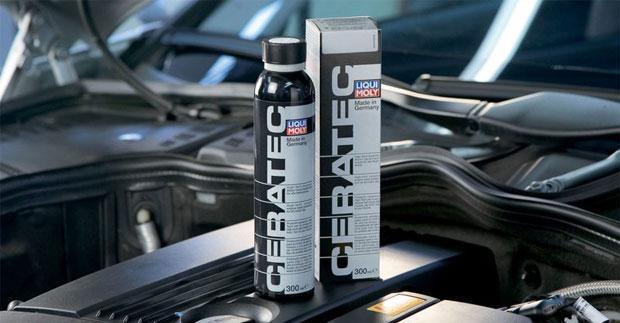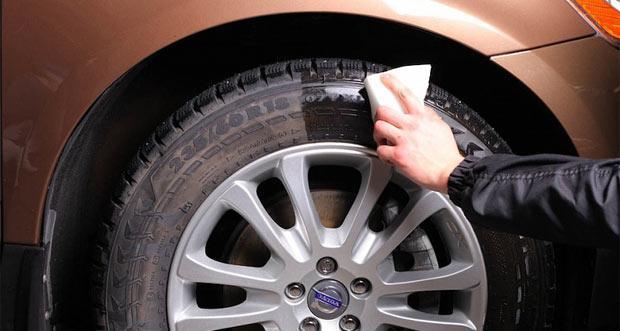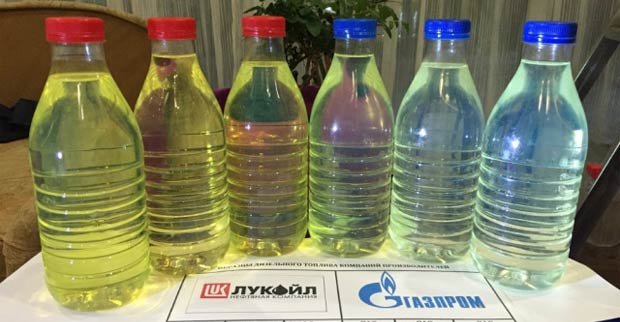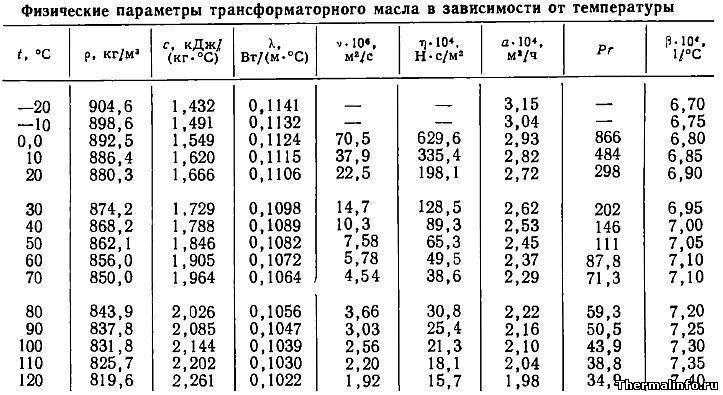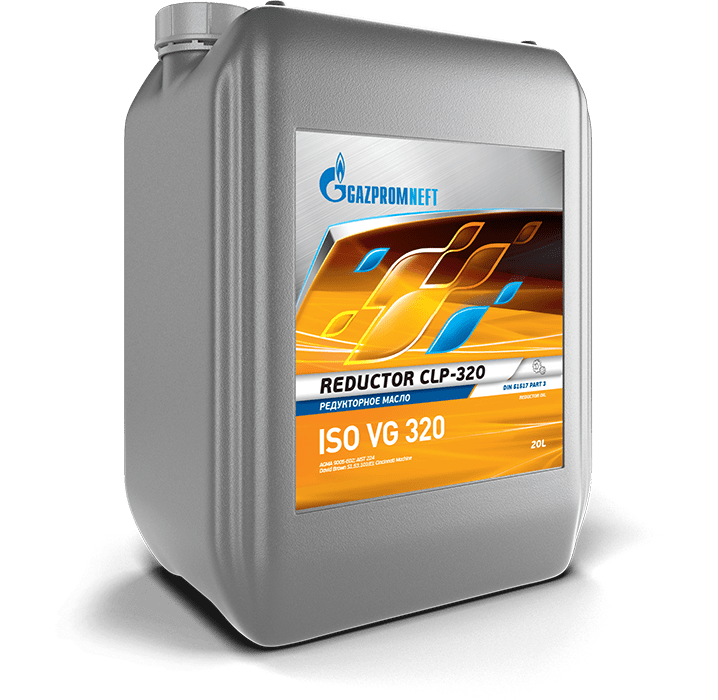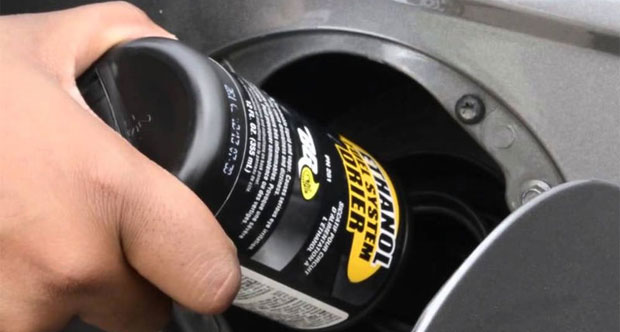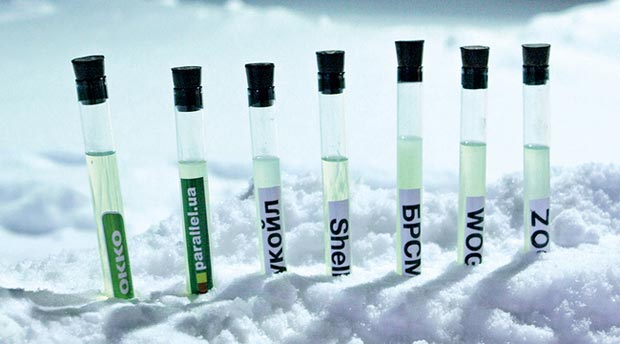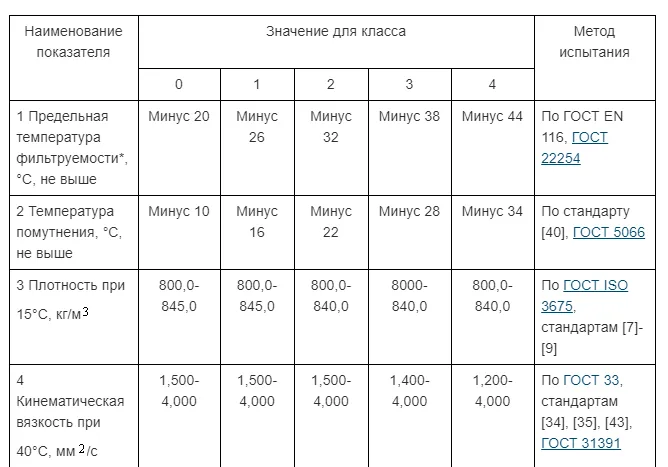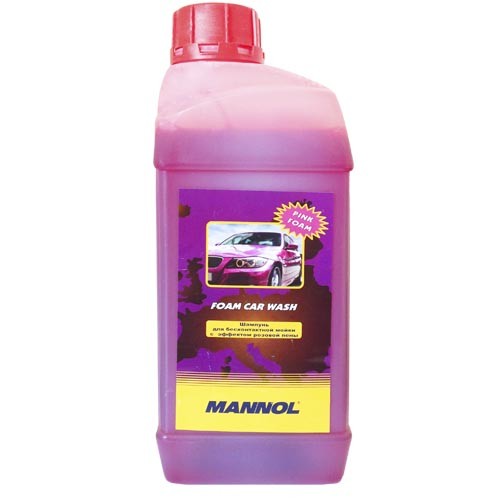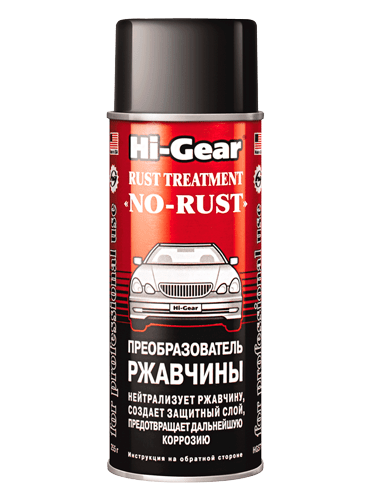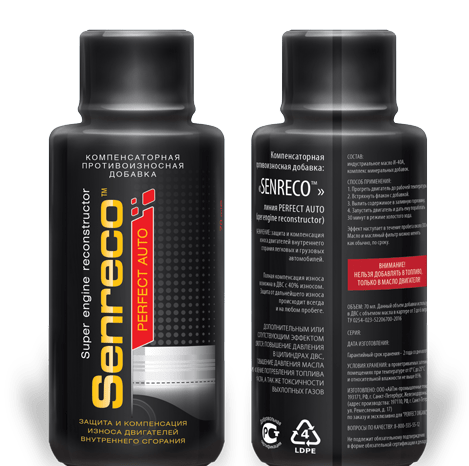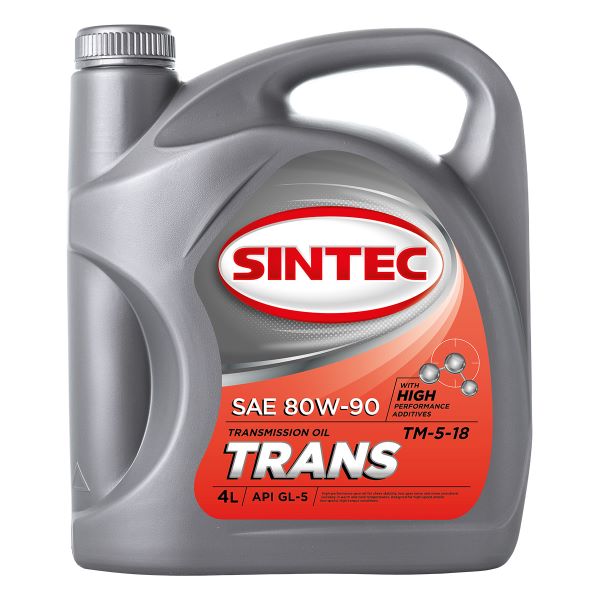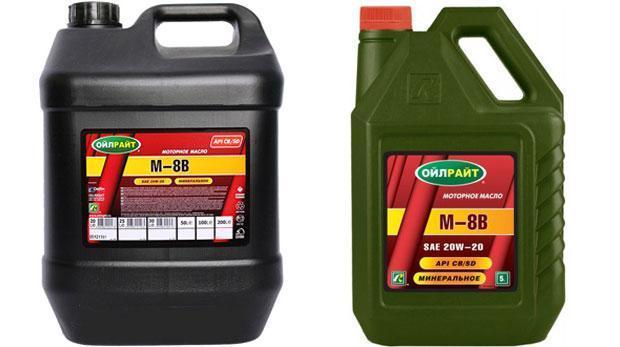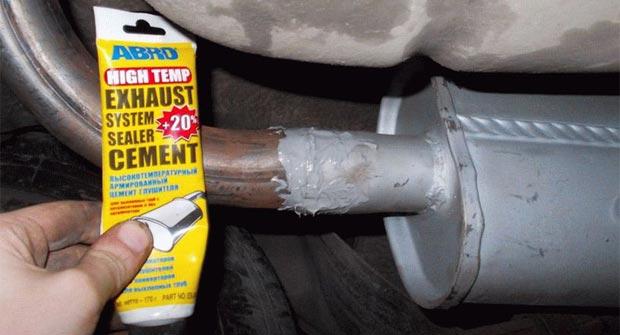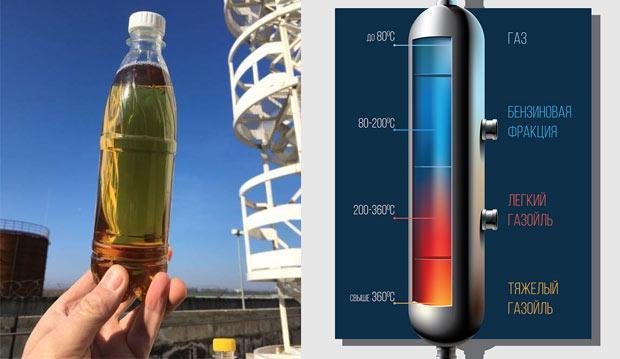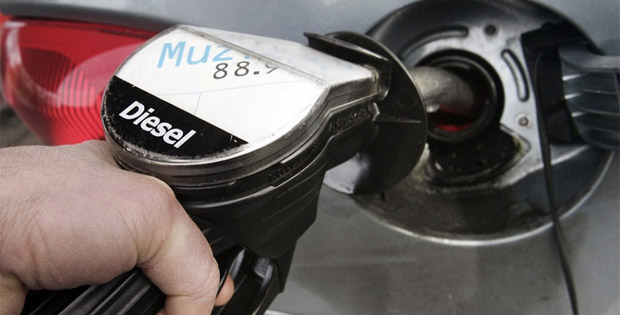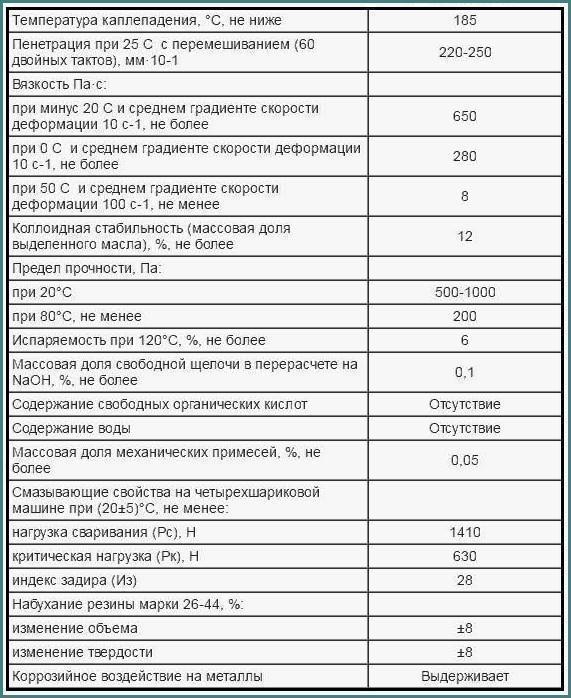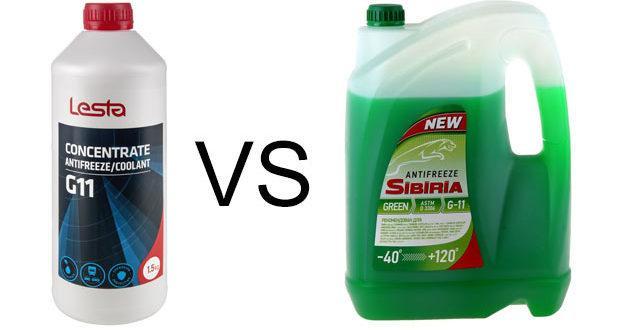Liquids for Auto
Engine oil density. What parameters does it depend on?
The physical ratio of mass to volume of liquid determines the density of engine oil. Along with viscosity, the parameter has a direct dependence on temperature, affects the operation of engines and provides the declared power during hydraulic transmission. Poor-quality motor oil contains harmful additives, and used motor oil contains impurities that increase density parameters. Let's tell you how high and low density synthetic oils affect the operation of piston or rotary car engines. High Density Lubricants The density of automotive oils varies between 0,68 and 0,95 kg/l. Lubricating fluids with an indicator above 0,95 kg / l are classified as high-density. These oils reduce mechanical stress in hydraulic transmission without loss of performance. However, due to the increased density, the lubricant does not penetrate into hard-to-reach areas of the piston cylinders. As a result, the load on...
Transformer oil GK
The range of oils used in power plants is quite extensive, but all of them are characterized by a high degree of purification and are produced from low-sulfur oil. Among the most common is transformer oil GK (the brand stands for: G - an indication of the cleaning method: hydrocracking, K - the presence of acid compounds in the composition). Specifications The composition and properties of GK grade transformer oil are determined by GOST 982-80. These standards imply: High electrical insulation performance, including at elevated temperatures. The presence of antioxidant additives (ionol), excluding corrosion under high voltage. Absence of water-soluble alkalis and mechanical impurities. Stability of viscosity indicators in a certain temperature range. Minimum content of free acid ions. The standard physical and chemical norms for the described product are: Density, kg/m3, at room temperature —…
How often should the brake fluid be changed?
Surprisingly, but true: in the age of information availability, many motorists still do not know that it is necessary to periodically update the brake fluid. Moreover, awareness does not come even when suddenly the pedal under the right foot fails, and then, after a minute, rises again - and the system's performance is restored. Everything is written off as a “system glitch” or something like that. About how often you need to change the brake fluid in a car and why this is a mandatory maintenance item - read the article. Why change brake fluid? Let's start with the basics. Brake fluid acts as a pressure transmitter from the master brake cylinder (GTE) to the workers. The driver presses the pedal, GTE (the simplest piston in a housing with a valve system) sends a fluid pressure through ...
Lubricant for SHRUS. Which is better?
The constant velocity joint (or CV joint for short) is involved in the transmission of torque from the gearbox to the drive wheel hub. That is, this node is a priori heavily loaded. Therefore, CV joints require the use of special lubricants that can provide reliable protection for contacting parts operating under heavy loads. About what kind of lubricant is better to use for CV joints and will be discussed below. The principle of selecting lubricants for CV joints Lubricants for constant velocity joints are selected according to a fairly simple principle: depending on the type of assembly that provides the transmission of rotational motion at an angle. All CV joints are structurally divided into two groups: ball type; tripods. In turn, ball-type hinges can have two versions: with the possibility of axial movement and without such a possibility. ...
Heavy-duty coating "Hammer". New from Rubber Paint
Anticorrosion coatings based on macromolecular compounds are becoming increasingly popular among motorists. Until recently, for applying such compositions to the surface, it was necessary to use exclusively imported products. But recently, a domestic one has appeared on the profile market, from the Rubber Paint company, with the interesting name "Hammer". Features of the composition and properties Rubber paint is used in various fields and can be applied to wood, metal, concrete, fiberglass and plastic surfaces. The paint is available in different colors and can be applied in various ways - by brush, roller or spray (only the first method is used when painting cars). Like other compositions of similar use based on polyurethane - the most famous coatings are Titanium, Bronekor and Raptor - the paint in question is made on the basis of polyurethane.
Silicone Grease. We fight with freezing
With the development of technology, the manufacture of various kinds of products based on silicone has become cheap and affordable. Due to its properties, silicone has found application in the field of automotive chemistry. Let's figure out what silicone lubricants are for rubber seals, and also find out which composition is better to purchase for this purpose. Composition and principle of operation Silicones are organosilicon compounds containing oxygen. Depending on the type of organic group, these substances have different properties. The composition of silicone lubricants for rubber seals most often includes one of three (or several) substances: silicone fluids (oils), elastomers or resins. The principle of operation of silicone smear is quite simple. After application, a lubricant with good adhesive potential covers the surface to be treated. She doesn't freeze...
Oil Tad-17. Domestic market leader
Among the brands of gear oils produced in Russia and the CIS countries, Tad-17 brand grease will probably top the popularity rating. The oil is considered universal, it protects the friction parts of shafts and mechanical gears well, and has antioxidant properties. Composition and marking Transmission oil Tad-17, produced in accordance with the technical requirements of GOST 23652-79 (as well as its closest analogue - Tad-17i oil), is intended for use in domestic passenger cars. Suitable for manual transmissions (especially hypoid), drive axles, some control systems of passenger cars with a classic rear-wheel drive layout. According to the international classification, it belongs to GL-5 class oils. It is not used in transmissions of trucks and heavy-duty special equipment, since it has an initially increased viscosity, which increases the driving force of the vehicle (in such cases, more ...
density of antifreeze. How is it related to freezing point?
Such an indicator as the density of antifreeze is especially relevant for assessing the composition of modern coolants. Density directly indicates the percentage of ethylene glycol (propylene glycol) and water. And this is a paramount indicator of the ability of antifreeze to withstand low temperatures. Density of antifreezes Almost all modern antifreezes are based on alcohol (one of the variations of glycol) and distilled water. The ratio of glycol to water determines the resistance to low temperatures. There is a paradox here that is important to understand. For ethylene glycol antifreezes, the rule does not work: the higher the concentration of glycol, the more frost the mixture can tolerate. Pure ethylene glycol has a freezing point of just -13°C. And such a high freezing threshold of the coolant is achieved by mixing with water. Up to glycol concentration in…
Antifreeze Felix. Quality standard at an affordable price
In the Google-list drop-down when entering the word “antifreeze”, the phrase “Felix antifreeze” is in an honorable second place. This is not surprising, because the manufacturer of this range of coolants, the Nizhny Novgorod company Tosol-Sintez, has, among other things, state support. General information about Felix antifreezes A feature of the compositions under consideration is a wide range of qualities offered. By producing several varieties of these products, Tosol-sintez firmly binds a potential user to the need to purchase their own products. All Felix antifreezes are mineral, and their active base is monoethylene glycol. According to the classification developed by the Volkswagen concern, products belong to groups G11 and G12. These groups are characterized by increased stability of the composition ...
Antifreeze A-65. Will not freeze even in severe frost!
Among the variety of coolants, a special place belongs to Tosol 65, and, in particular, its variety Tosol A-65M. An additional letter in the product specification is associated with the need for its use in frost, at especially low ambient temperatures. Characteristics The coolant in question was developed by employees of the Department of Organic Synthesis Technology of one of the Soviet research institutes in relation to VAZ car models, the production of which was being mastered at that time. The ending -ol was added to the first three letters of the name, which is typical for the designation of many high-molecular organic substances. The number 65 in the decoding of the brand indicates the minimum freezing point. So, almost half a century ago, the production of a family of coolants with similar names (OJ Tosol, Tosol A-40, etc.) began, designed for use in domestic ...
Tire blackeners. Caprice or necessity?
Car tires, which are purchased in specialized car dealerships, have a respectable black color, emphasizing its novelty and freshness. However, over time, the color of car tires changes, acquiring various shades of gray. The easiest way to explain this is the gradual aging of rubber. What is the aging process of tires? Color change is caused not only by operating conditions - sudden changes in temperature, friction, stress - but also by oxidation. Even "not ridden" rubber gradually brightens, because during operation it is constantly subjected to oxidation. As a result, a brittle oxide layer of increased strength is formed on the surface of the tire. There is no benefit from such a layer, since simultaneously with strength it acquires increased brittleness, because sulfide compounds are present in it. While driving on bad roads, surface…
Fuel dryer. We clean the gas tank from water
How dangerous is water in a gas tank, where does it come from and how to deal with it? Below we will talk about the easiest way to remove moisture from the fuel tank - fuel dryers. Mechanisms of moisture formation in the gas tank and the consequences of this phenomenon There are two main ways of water penetration into the fuel tank. Normal condensation from the air. Water vapor is always present in the atmosphere to some extent. When in contact with hard surfaces (especially at low temperatures), moisture condenses into droplets. The gas tank cap of the simplest design has a hole through which air from the environment enters it when the fuel level drops (excessive pressure is also vented through this valve). This prevents the formation of a vacuum. In more advanced gas tank designs ...
Rating of the best car shampoos for contactless washing
Removing accumulated dirt from the bodywork is the first step in any vehicle cleaning effort. In this case, you can use a traditional sponge or mitt, but it is better to use pressure washing technology, and also use a special car shampoo for contactless washing. The composition of the car shampoo for contactless washing includes surfactants, complexing agents, foam formers, buffer acidity regulators, dispersing agents, pH correctors, odinizers, and a number of other components. But not all shampoos do their job equally well. The rating of the best car shampoos for contactless washing was compiled for the profile segment of the market in 2018. Bilt Hamber Surfex HD Shampoo deservedly takes the first place in the rating due to its effective degreasing ability. As established by numerous studies, when driving a car through city streets ...
Gear oil 80W90. Tolerances and operating parameters
Among all lubricants for manual transmissions and other transmission components, 80W90 oil is perhaps the leader in popularity. This is if we take into account the central zone of Russia. Below we will analyze the characteristics and scope of gear oil with a viscosity of 80W90. Deciphering 80W90 gear oil Let's briefly consider the main characteristics that gear oils with a viscosity of 80W90 have. The SAE J300 standard says the following. The pour point before loss of lubricating and protective properties is at -26 ° C. When freezing below this temperature, the dynamic viscosity of the oil will exceed the acceptable limit of 150000 csp accepted by SAE engineers. This does not mean that the grease will turn into ice. But in consistency, it will become like thickened honey. And such…
Testing car exhaust system sealants
The smell of exhaust gases in the passenger compartment or the unpleasant, “cutting” sound of bursting exhaust indicates a broken tightness of the exhaust tract. One quick and inexpensive solution to this problem is muffler sealant. About what sealants for exhaust systems are and how effective they are - read below. How does muffler sealant work and where is it used? Automotive exhaust sealants are often referred to as "cements". Moreover, the word "cement" is mentioned not only among motorists as slang. Some manufacturers of muffler sealants use this word on their packaging, and not for commercial purposes. The similarity of sealants with cements has both a real, applied meaning, and a chemical one. Almost all automotive sealants are various forms of polymers.…
Concentrate or ready-made antifreeze. What's better?
Some motorists, when replacing or topping up coolant, use ready-made antifreeze. Other car owners prefer concentrate. Let's try to figure out which is better: antifreeze or antifreeze concentrate. What does antifreeze concentrate consist of and how does it differ from the finished product? The usual ready-to-use antifreeze consists of 4 main components: ethylene glycol; distilled water; additive package; dye. The concentrate is missing only one of the components: distilled water. The remaining components in full composition are in concentrated versions of coolants. Sometimes manufacturers, in order to simplify and prevent unnecessary questions, simply write “Glycol” or “Ethandiol” on the packaging, which, in fact, is another name for ethylene glycol. Additives and dye are usually not mentioned. However, all additive components and dye in the vast majority ...
